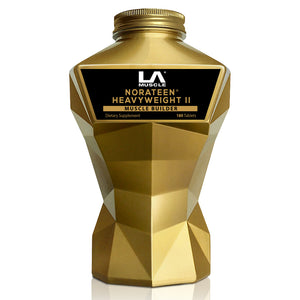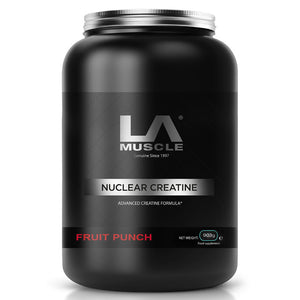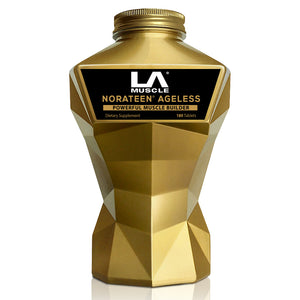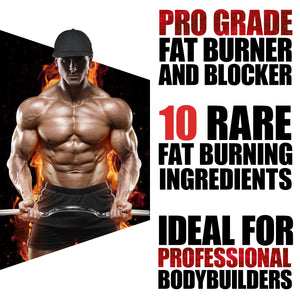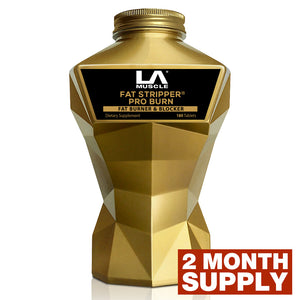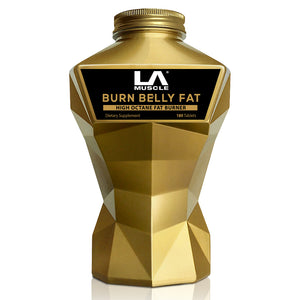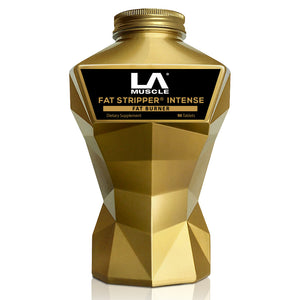
Squatting is an essential exercise for any serious weightlifter, strength athlete, or bodybuilder. The squat works multiple muscle groups and helps strengthen the core and legs, more than any other exercise. Many people struggle to improve their squat, and because of this, a lot of people actually avoid it or give up on it, in favour of simpler exercises.
Not only is the squat a great exercise for just about all of the leg muscles and glutes, but it also provides something that is often overlooked; the feeling of supporting a heavy weight on a barbell across your upper back. Supporting and controlling a heavy weight across your back is great for strengthening core muscles, and really getting a feel for heavier weights as you progress with strength training. Not to mention, there’s not many things that look better in the gym than having a barbell loaded with plates across your back, taking that weight to depth, and powering it back up. One common reason that people avoid squatting is because the actual barbell feels uncomfortable to them. The feeling of discomfort resting a barbell across the shoulders will soon go with practice and correct form, as a barbell resting anywhere will initially feel uncomfortable, but the body will soon adapt to this feeling.
With consistent effort and dedication, anyone can learn to squat well, and it’s one of the absolute best exercises for strength and technique development that there is. The squat can take a little while to master, but once it becomes comfortable, there is no better exercise for overall leg strength.
Here are some key points to remember for the squat :
1. Begin with good form and practice it
The most important part of any workout is having good form, and this is especially true when it comes to squatting. Poor form when squatting can lead to injury and significantly decreased performance. When setting up a squat always have a tight grip on the bar and try your best to lodge the bar across your upper back muscles, squeezing the trap muscles so the bar does not move. With the squat set up, the bar is resting in your hands, but it is the upper back that is supporting the weight, you are not holding the weight of the bar up with your hands. It is very important to remember, setting up for a squat with a good grip, and keeping the bar tight to the back will initially be uncomfortable, but it WILL be something you adapt to within a few sessions.
Brace your core when un-racking the barbell, take a step back, stand tall, make sure your feet are shoulder-width apart, elbows pointing back, the chest is up and proud, and there is no bending in the back. When you have un-racked the barbell ready to perform the squat, initiate the squat by lowering the weight, sitting back, pushing your hips back and down. Keep your chest up throughout every repetition, and keep your back fixed straight without bending forward, while you lower your body as far as you can towards the floor whilst maintaining form. With each squat, try to reach a position as close to having the knees parallel with the glutes as possible (and deeper if you are mobile enough), pause for a brief moment in that lower position, then drive through your heels as if you were imagining pushing the ground away from you, to press the weight back up to the starting position. Repeat for every rep.
2. Warm up correctly
Spending some time warming up before any workout is essential, and especially important before squatting. Before starting any squat routine, make sure to warm up the body to prevent injury. Warm ups before squatting can include dynamic stretching, bodyweight squats, foam rolling, and light cardio.
3. Use progressive overload
Progressive overload is an important concept throughout any form of weightlifting. Progressive overload is the idea that you should be increasing the amount of weight you lift slowly over time, to become stronger. When it comes to squatting, you should aim to increase the weight you are lifting by roughly 5-10% every week or two. Perfecting every rep of a squat at one weight, then moving up to a higher weight with the same attitude, will be a sure-fire way to make progress in your squat.
Using supplements such as Norateen Extreme can help with your testosterone and strength levels to accelerate your progressive overload.
4. Vary rep ranges
Squatting can obviously be done with many different rep ranges; it doesn’t just have to be 1 or 2 heavy squats. When varying rep ranges, they can be anything, they could vary from 3-5 reps, 8-10 reps or even 15-20 reps, for example. By varying your rep ranges with the squat, you can improve in different ways as opposed to just one set weight. When squatting, keep in mind although it’s always nice to look for new one rep maxes, if you improve your reps squatting at one weight from say, 9 reps to 10, or even 18 to 20, it’s still solid, measurable progress.
5. Incorporate assistance exercises
Incorporating assistance exercises into your squat routine can help to increase your strength and improve your form. These exercises could include pull-ups, hyper extensions or similar exercises to strengthen the back, exercises such as lunges to contribute to stretching and leg muscle growth, and also box jumps or plyometric exercises to improve explosive power. Incorporating assistance exercises can help to target smaller individual muscle groups specifically, perfect form, and improve your overall squat.
6. Practice good recovery habits
Recovery is an important part of any workout routine. With any heavy squat session, make sure to get plenty of rest and eat a sufficient, balanced diet. A great addition to all relatively heavy workout routines is consistent stretching, and helpful habits that will contribute to muscle recovery such as foam rolling and massage, which all help when attempting to reduce soreness and improve mobility.



